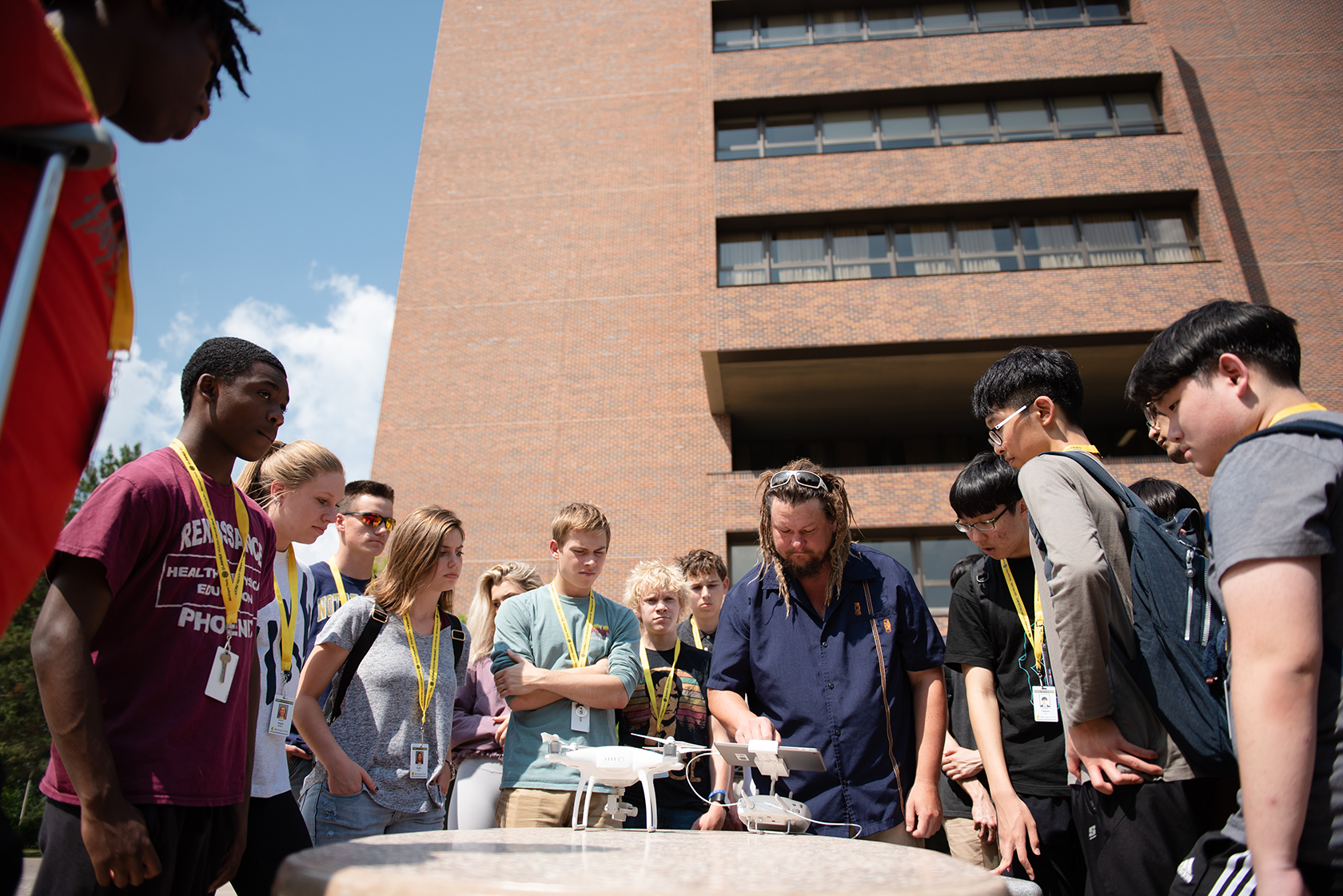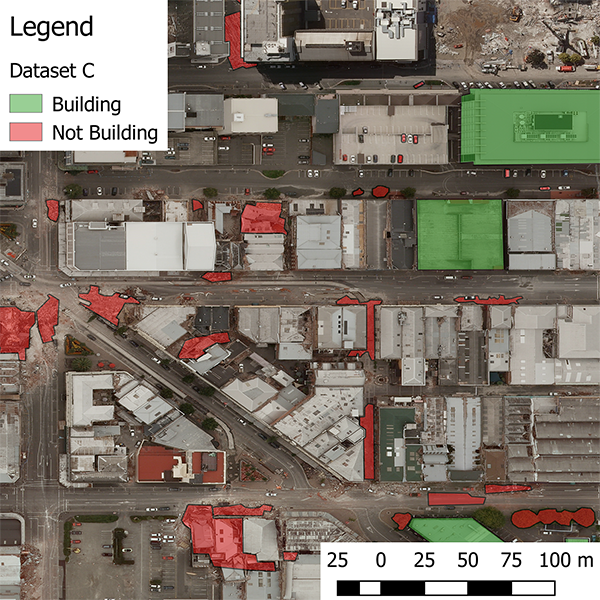 Researchers
Researchers
Timothy Havens, PI, William and Gloria Jackson Associate Professor of Computer Systems
Director, Institute of Computing and Cybersystems
Timothy Schultz, Co-PI, University Professor, Electrical and Computer Engineering
Sponsor: Massachusetts Institute of Technology, Lincoln Laboratory
Amount of Support: $15,000
Abstract: The latest research in phased array systems has focused on accommodating multiple functions—radar, communications, electronic warfare—simultaneously on a single array. However, the work has not thoroughly addressed whether or not the partitioning of the antennas and signal generation in the array could be optimized to maximize the performance of the different functions on the array. This work explores these questions.

 Researchers
Researchers










